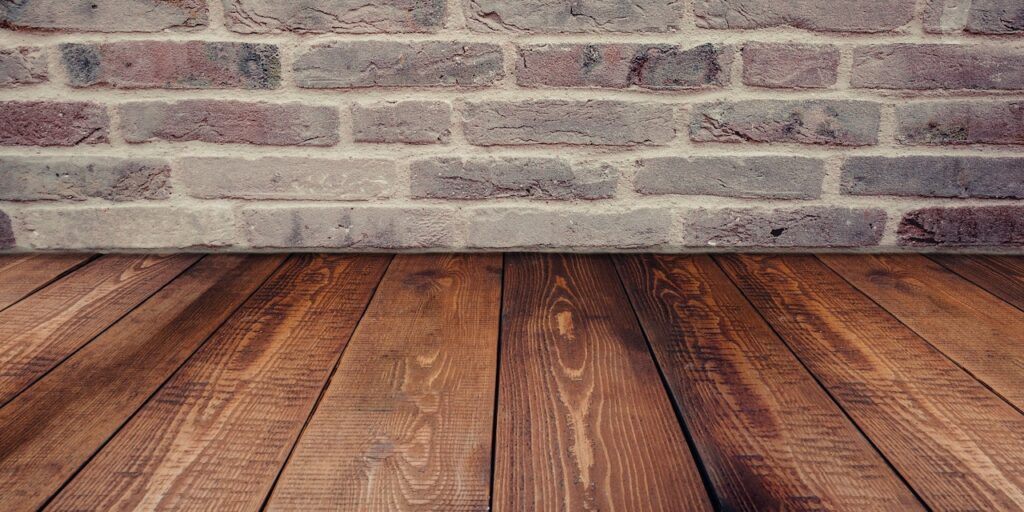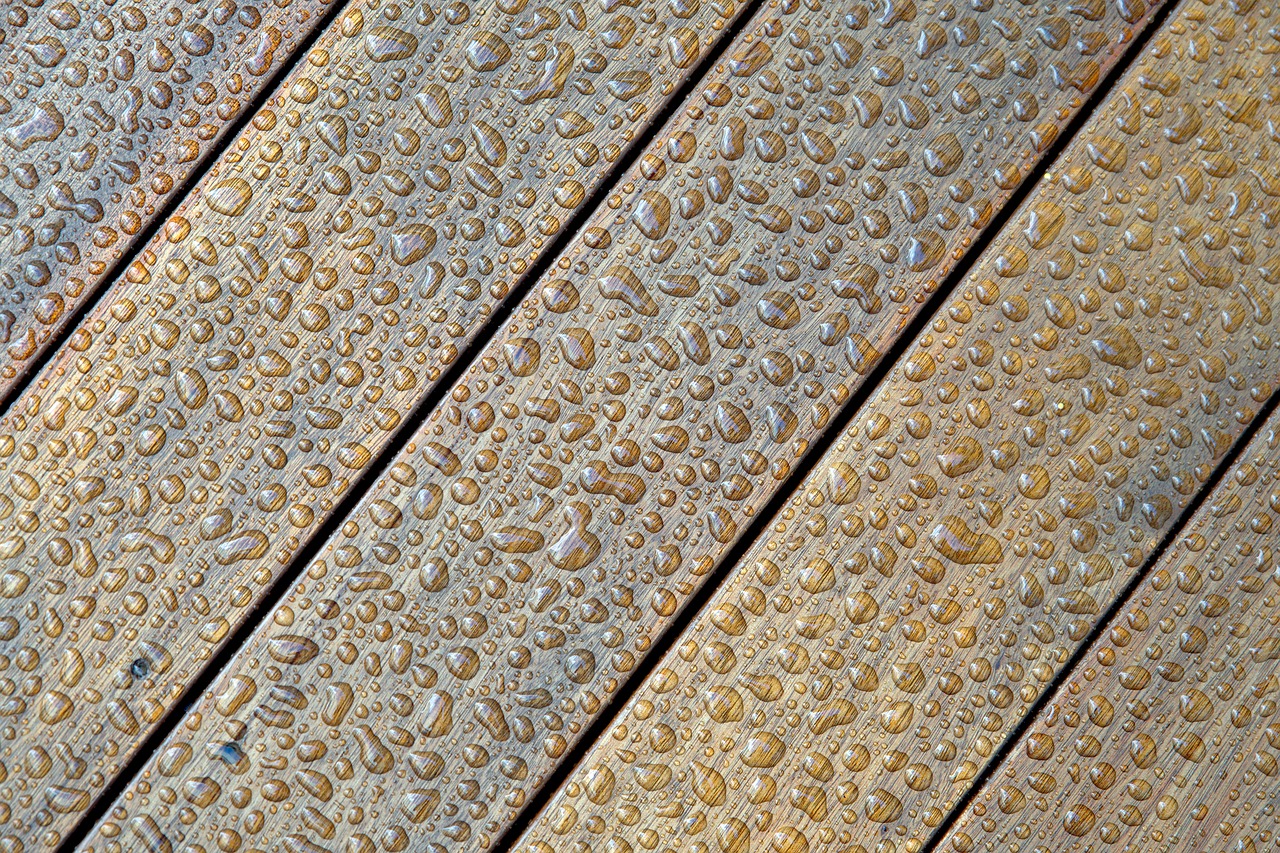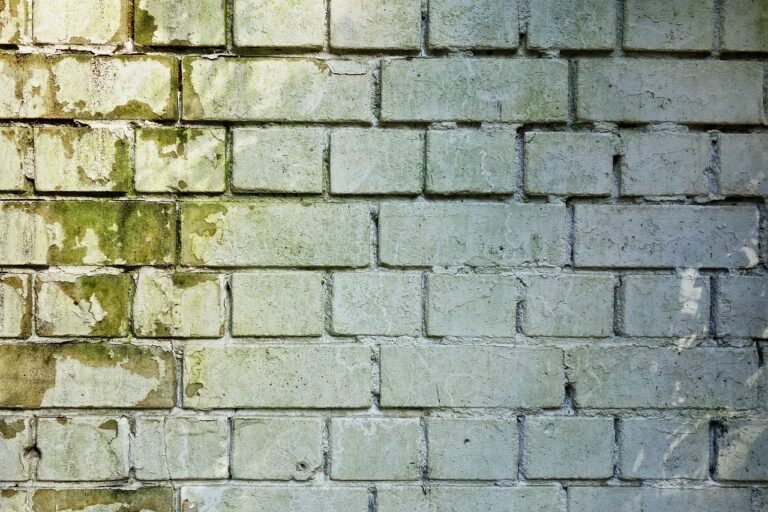Water damage to hardwood floors can be a homeowner’s worst nightmare. Whether it’s from a burst pipe, a leaking roof, or a flood, water can cause significant damage to your beautiful hardwood flooring. However, with the right knowledge and expertise, it is possible to restore water-damaged hardwood floors and bring them back to their former glory. Here, we will share some expert tips to help you navigate the restoration process and ensure a successful outcome.
1. Act Quickly
Time is of the essence when it comes to water damage. The longer the water sits on your hardwood floors, the more damage it can cause. As soon as you notice water on your floors, take immediate action to remove it and start the drying process. Use towels, mops, or a wet vacuum to soak up the water, and open windows and doors to increase ventilation.
2. Assess the Extent of the Damage
Once you have removed the water, carefully inspect your hardwood floors to determine the severity of the damage. Look for signs of warping, cupping, or buckling, as well as any discoloration or staining. This will help you decide whether you can tackle the restoration yourself or if you need to call in a professional.
3. Dry the Floors Thoroughly
After removing the excess water, it’s crucial to thoroughly dry the hardwood floors. Use fans, dehumidifiers, and heaters to speed up the drying process. Ensure good airflow by opening windows and using fans to circulate air. Be patient, as this step may take several days or even weeks depending on the extent of the damage.
4. Address Mold and Mildew
Assess the extent of the mold and mildew growth and determine whether professional assistance is required. If the damage is minimal, clean the surface with a mixture of water and mild detergent, ensuring to wear protective gear. Allow the floor to dry completely, and then apply an anti-microbial solution to prevent future mold growth. Regularly monitor the area for any signs of recurring mold or mildew and take immediate action if necessary.

5. Sand and Refinish
If your hardwood floors have suffered minor damage, you may be able to restore them by sanding and refinishing. Start by sanding the damaged areas to remove any water stains or discoloration. Then, apply a fresh coat of stain and finish to restore the floor’s original beauty. Make sure to match the color and finish with the rest of the floor to achieve a seamless look.
6. Apply a Water-Resistant Finish
After sanding and refinishing, applying a water-resistant finish provides extra protection for hardwood floors. This finish forms a barrier that repels water and prevents it from seeping into the wood, especially in case of spills or minor water incidents. It is an additional precautionary step to minimize the risk of water damage. Water-resistant finishes are available in different forms, including sealants, polyurethane topcoats, or specialized floor coatings that offer enhanced water resistance.
7. Replace Damaged Boards
In more severe cases of water damage, you may need to replace some of the damaged boards. This requires careful removal of the affected boards without causing further damage to the surrounding flooring. Once the boards are replaced, sand, stain, and finish the entire floor to ensure a uniform appearance.
8. Maintain Humidity Levels
To effectively restore the floors, it is crucial to ensure that the humidity levels are within the recommended range of 35-55%. This can be achieved by using a dehumidifier to remove excess moisture from the air. Additionally, employing a hygrometer can help monitor and regulate the humidity levels accurately. It is important to note that sudden changes in humidity can lead to further damage, so gradual adjustments are recommended. By maintaining proper humidity levels, the wood can slowly dry out without warping or cracking allowing for successful restoration.
9. Prevent Future Damage
To prevent future water damage, take proactive measures such as installing a moisture barrier beneath your hardwood floors, using area rugs in high-risk areas, and promptly addressing any leaks or plumbing issues. Regularly inspect your floors for signs of water damage and take immediate action if you notice any problems.
10. Seek Professional Help if Needed
While minor water damage can often be restored by homeowners, more extensive damage may require professional assistance. If you’re unsure about your ability to restore your hardwood floors or if the damage is severe, it’s best to consult with a professional restoration company. They have the expertise, equipment, and experience to handle even the most challenging water damage situations.
The Bottom Line
In conclusion, water damage to hardwood floors can be a distressing experience for any homeowner. However, with prompt action and the right approach, it is possible to restore your water-damaged hardwood floors and bring them back to life. Remember to act quickly, thoroughly dry the floors, and assess the extent of the damage. If necessary, consider sanding, refinishing, or even replacing damaged boards. By taking preventative measures, you can also minimize the risk of future water damage. And if you’re unsure about the restoration process or facing extensive damage, don’t hesitate to seek professional assistance.






